Debian Desktop Environments
Debian, lauded for its stability and expansive software repository, unveils a captivating array of desktop environments (DEs) to cater to a multitude of user inclinations and system requisites.
This guide proffers best Debian desktop environments, and analyzes each available option:
1. GNOME (Default)
As the default DE for Debian, GNOME shines with its modern, user-friendly interface that prioritizes simplicity and productivity.
Its intuitive layout and comprehensive application suite make it ideal for both novice and experienced users.
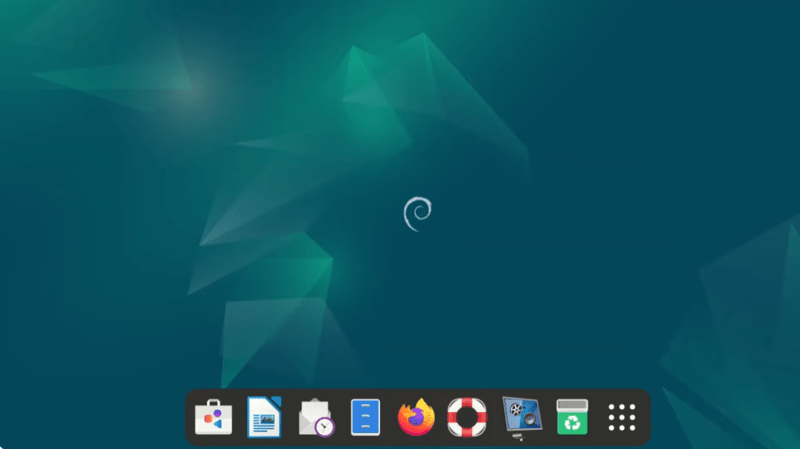
Strengths:
Effortless Learning Curve: GNOME’s intuitive design facilitates a smooth learning curve for new users.
Extensive Software Ecosystem: A vast array of applications seamlessly integrates with GNOME, ensuring efficient workflow management.
Wayland Support: GNOME embraces Wayland, a next-generation display server, offering smoother graphics rendering and enhanced security.
Weaknesses:
Resource-Intensity: GNOME’s feature-rich nature might translate to higher resource consumption, potentially impacting older hardware performance.
Minimalist Appeal: Some users might find the interface’s minimalism lacking in visual customization options.
2. KDE Plasma
For users seeking extensive customization and feature-rich environments, KDE Plasma stands out. This powerful DE boasts a plethora of tools and configuration options, allowing users to tailor their desktop experience precisely.
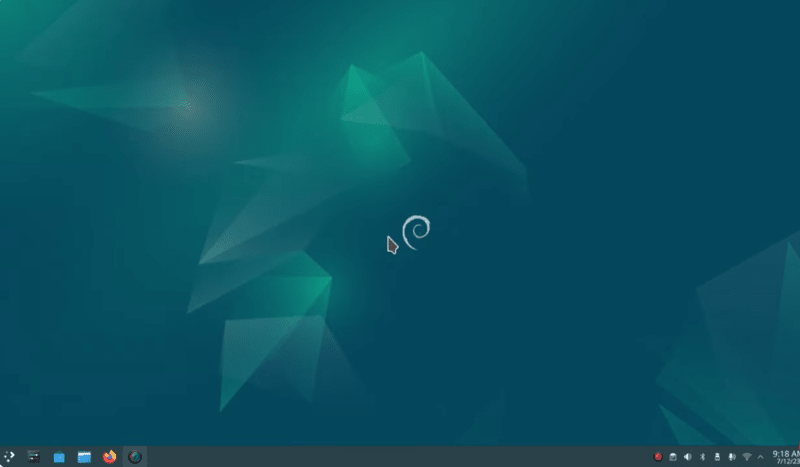
Strengths:
Unparalleled Customization: KDE Plasma empowers users to personalize their desktops to an exceptional degree, ensuring a truly individual experience.
Feature Powerhouse: A vast array of functionalities and features are readily available within KDE Plasma, catering to diverse user needs.
Wayland Support: Like GNOME, KDE Plasma embraces Wayland, offering improved graphics rendering and security.
Weaknesses:
Resource Demands: KDE Plasma’s extensive features can be resource-intensive, potentially impacting performance on older hardware.
Customization Complexity: The sheer volume of customization options might overwhelm new users, requiring a steeper learning curve.
3. Xfce
When efficiency and speed are paramount, Xfce emerges as the champion.
This lightweight DE prioritizes minimal resource consumption, making it ideal for users with older hardware or those seeking a streamlined desktop experience.
Despite its resource-conscious nature, Xfce offers a user-friendly interface with a wide range of available applications.
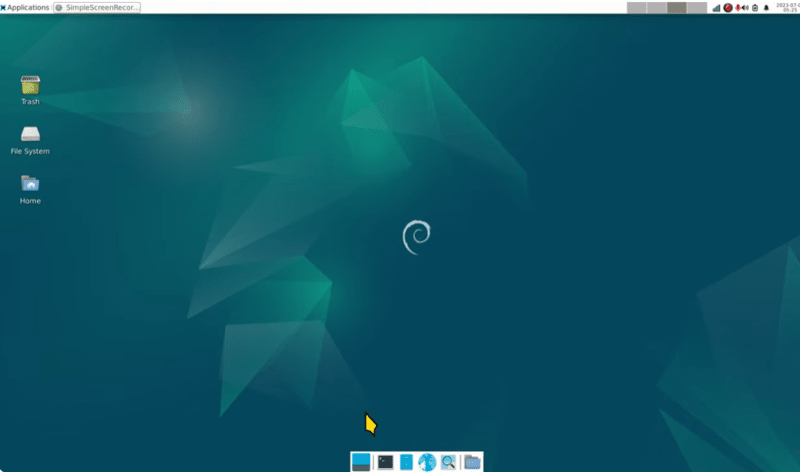
Strengths:
Efficiency Champion: Xfce excels in resource efficiency, ensuring smooth performance even on older machines.
Ideal for Older Hardware: Its lightweight nature makes Xfce perfectly suited for revitalizing older computers, extending their lifespan.
User-Friendly Interface: Despite its lightweight design, Xfce provides a user-friendly and intuitive interface.
Weaknesses:
Feature Sparsity: Compared to other DEs, Xfce might lack some advanced features, catering to a more basic workflow.
Visual Simplicity: While functional, Xfce’s visual appeal might not be as modern or customizable as some other options.
4. MATE
For users yearning for a familiar and traditional desktop experience, MATE presents a compelling solution.
This DE is a continuation of the GNOME 2 codebase, offering a comfortable and reliable environment for users accustomed to GNOME 2 or seeking stability.
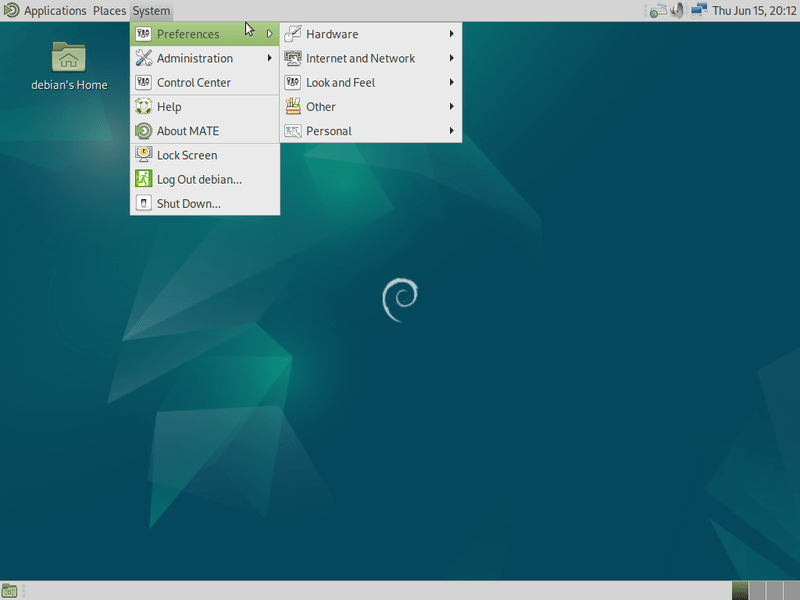
Strengths:
Familiar Interface: MATE’s traditional interface provides a sense of familiarity for users accustomed to older GNOME versions.
Lightweight and Stable: Built on a mature codebase, MATE prioritizes stability and resource efficiency, ensuring reliable performance.
Ideal for GNOME 2 Users: Users familiar with GNOME 2 will find a seamless transition to the similar layout and workflow of MATE.
Weaknesses:
Limited Modern Features: MATE might not offer the latest features and functionalities available in contemporary DEs.
Outdated Visual Style: The visual theme of MATE might feel outdated for users seeking a more modern aesthetic.
5. Cinnamon
Striking a balance between modern features and a traditional desktop experience, Cinnamon carves its niche.
Originally a GNOME 3 fork, Cinnamon retains traditional desktop elements like a menu bar and panels while offering contemporary features and a visually appealing design.
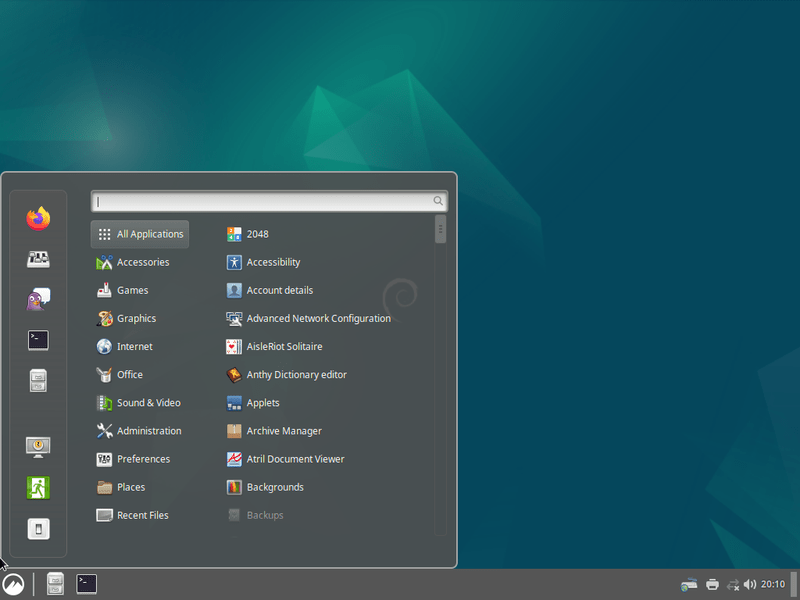
Strengths:
User-Friendly with Familiarity: Cinnamon bridges the gap between modern features and familiar desktop elements, facilitating a smooth transition for new users.
Visually Appealing Design: Cinnamon boasts a modern and visually appealing design, catering to users who prioritize aesthetics.
Resource Efficiency: Compared to heavier DEs like KDE Plasma, Cinnamon demonstrates improved resource efficiency, offering a balance between features and performance
Weaknesses:
Resource Consumption: Compared to lightweight alternatives like Xfce and LXQt, Cinnamon has slightly higher resource demands.
While not as resource-intensive as KDE Plasma, it might not be the most suitable choice for older or low-powered machines.
Customization Options: While offering a decent degree of customization, Cinnamon’s options might not be as extensive as those provided by KDE Plasma.
Users seeking granular control over every aspect of their desktop environment might find Cinnamon’s customization capabilities limiting.
Potential Performance Issues: Although generally performing well, Cinnamon might exhibit occasional performance hiccups, especially on resource-constrained systems.
This is because it strikes a balance between lightweight design and visual effects, which can lead to trade-offs in certain scenarios.
Conclusion
Debian’s diverse range of DEs empowers users to select the optimal environment that aligns with their individual needs and preferences.
Whether seeking a feature-rich powerhouse like KDE Plasma, a lightweight champion like Xfce, or a familiar friend like MATE, Debian has the perfect DE waiting to be explored.
By understanding the strengths and weaknesses of each option, you can make an informed decision and personalize your Debian experience to its fullest potential.